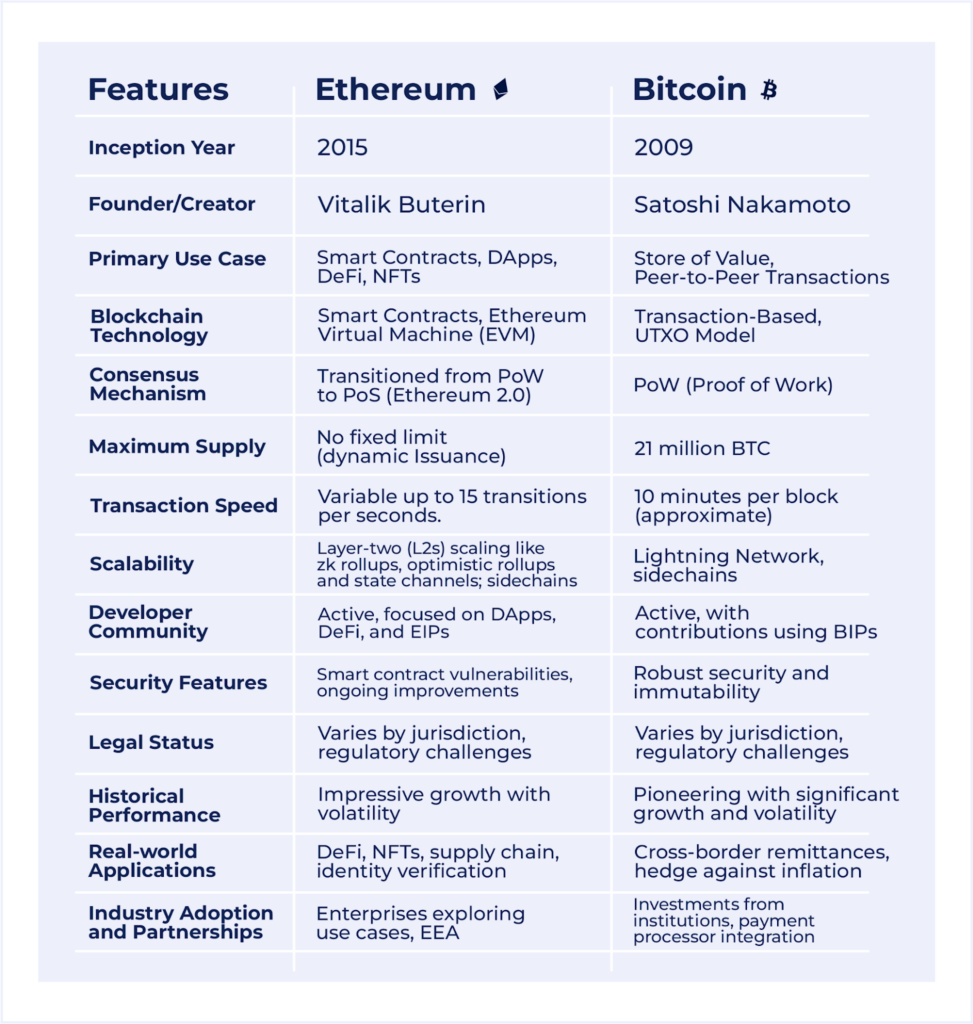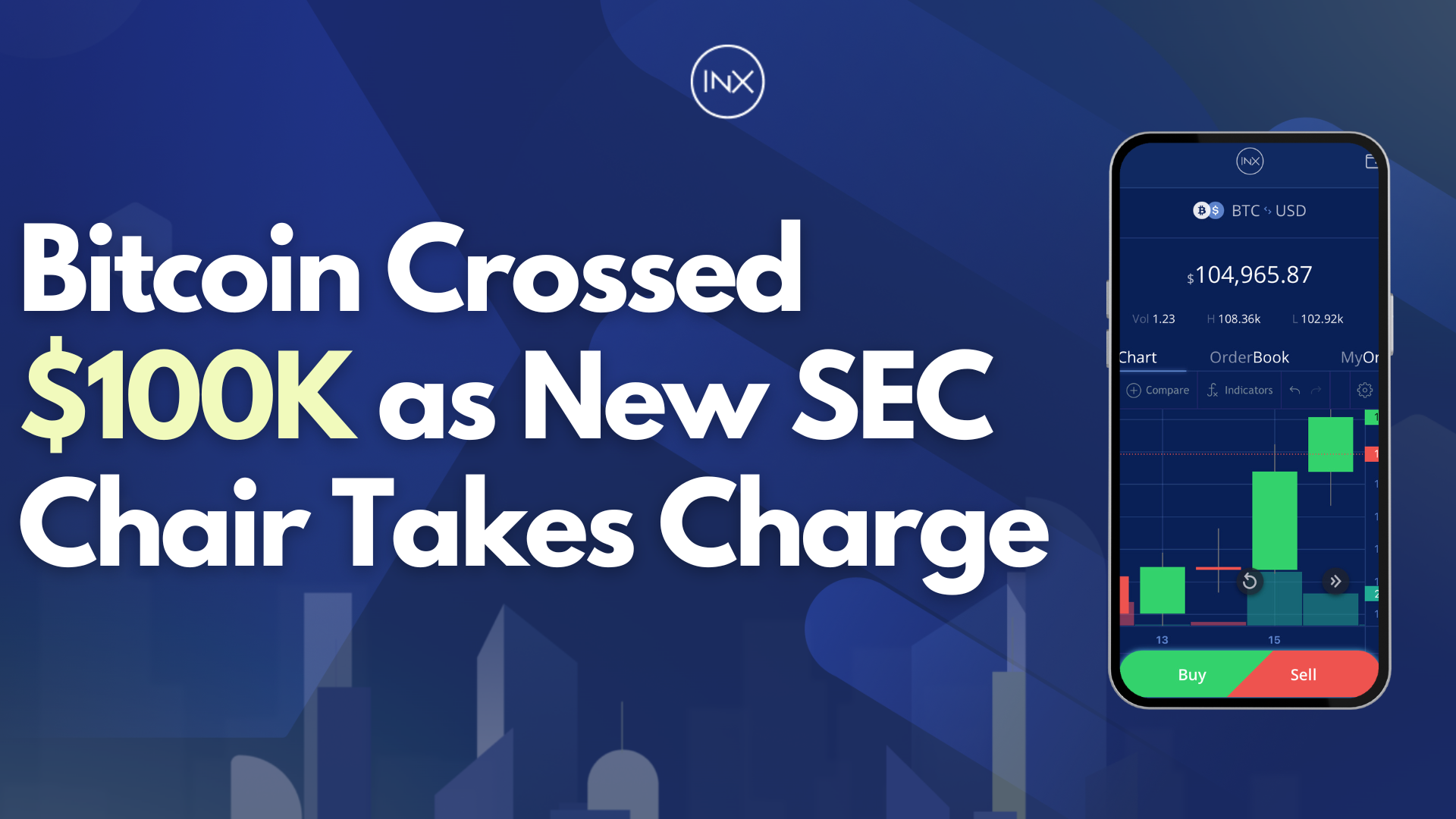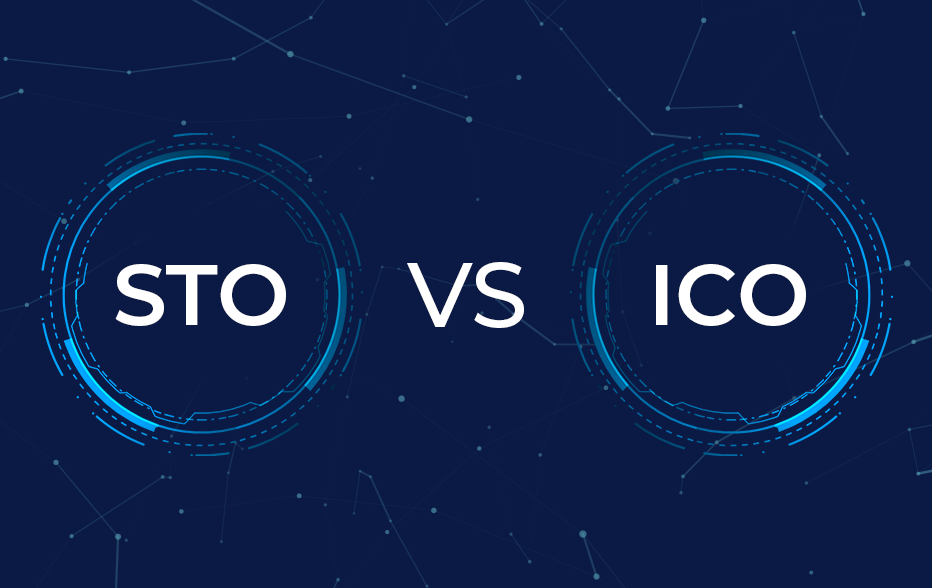Ethereum vs Bitcoin: A Comprehensive Comparison of Blockchain’s Big Two

Bitcoin and Ethereum are the two most popular cryptocurrencies. Both cryptos have huge followings and have been the source of many online debates. In this article, we will highlight their key differences so you can decide which is best for you based on their unique characteristics and purposes.
Understanding Bitcoin and Ethereum
Before we delve into the differences, let’s briefly examine each crypto, its history, and key features.
What is Bitcoin?
Bitcoin, the pioneer of cryptocurrencies, was introduced in 2009 by an anonymous figure known as Satoshi Nakamoto. It was designed to be a digital alternative to traditional currencies, offering security and decentralization.
Bitcoin crypto is used majorly for transactions and as a store of value, especially against fiat currencies such as the United States dollar. Its biggest advantages over all other cryptos include its pioneer status, widespread acceptance, secure blockchain, and high liquidity.
Bitcoin’s key features include:
- Capped Supply: Bitcoin is often likened to digital gold due to its scarcity (maximum supply of 21 million coins) and ability to store value.
- Peer-to-Peer Transactions: Bitcoin enables direct transactions between users without intermediaries, making it a borderless and censorship-resistant currency.
- Proof of Work (PoW): Bitcoin’s security relies on PoW, a consensus mechanism that requires miners to solve complex mathematical puzzles to validate and add transactions to the blockchain.
- Blockchain Transparency: All Bitcoin transactions are recorded on a public ledger, offering transparency and immutability.
What is Ethereum?
Ethereum was created in 2015 by Vitalik Buterin as a versatile and programmable blockchain platform. Many people think Ethereum was the second crypto created after Bitcoin, but that is untrue. Many other cryptos, such as Litecoin (2011), Dogecoin (2013), Ripple (2013), Monero (2014) and Stellar (2014) existed before Ethereum was formed.
Ethereum gained dominance over these cryptos because of its powerful smart contract capabilities and robust platform for building decentralized apps (dApps). Ethereum’s key features include:
- Smart Contracts: Ethereum introduced the concept of smart contracts. These contracts automatically execute when predefined conditions are met, eliminating the need for intermediaries in various processes.
- Decentralized Applications (DApps): Ethereum’s platform is the foundation for thousands of DApps across various industries, from finance and gaming to healthcare and supply chain management.
- EVM (Ethereum Virtual Machine): The EVM is the runtime environment for executing smart contracts, making Ethereum a programmable blockchain.
- Gas Fees: To prevent network misuse, Ethereum uses gas fees to pay for computational resources. These fees are essential for the operation of the network.
Ethereum vs Bitcoin: Head-to-head comparison
Below is a head-to-head comparison that shows the key differences between Ethereum and Bitcoin at a glance. We will explain each difference in subsequent headings.

Development and Ecosystem
Ethereum has a vibrant and active developer community primarily focused on creating decentralized apps (DApps) and decentralized finance (DeFi) apps. The community collaborates to propose and implement improvements to enhance the platform’s scalability, security, and usability using Ethereum Improvement Proposals (EIPs).
Bitcoin’s low transaction speeds and limited smart contract abilities make it a less preferred choice for developers. However, there have also been developments in its ecosystem. These include Lightning Network for faster and cheaper transactions and Segregated Witness (SegWit), which increased block capacity and fixed security vulnerabilities. The Bitcoin community uses Bitcoin Improvement Proposals (BIPs) to propose improvements to the network.
Consensus Mechanisms

Ethereum began with Proof of Work but transitioned to a Proof of Stake consensus mechanism to address scalability and environmental concerns. The Proof-of-Stake mechanism relies on validators to create new blocks based on the amount of cryptocurrency they “stake” as collateral, which they would lose if they acted maliciously. This transition makes the blockchain secure, reduces energy consumption, improves scalability and allows for more transactions per second.
Bitcoin uses a system called Proof of Work, which involves miners solving complex math problems to add new blocks to the blockchain. The mining process is open to anyone with the required hardware, which helps keep it decentralized. PoW is secure due to the extreme difficulty of launching a 51% attack on the Bitcoin network. However, it is energy-intensive and requires significant computational power. It can also be slow and expensive during busy times.
Regulatory Landscape
Ethereum’s regulatory status varies by jurisdiction and has faced several challenges. For instance, the SEC in the US has taken action against some Ethereum projects, citing security concerns, especially regarding how they conducted their ICOs. Depending on the jurisdiction, Ethereum can be classified as a commodity or currency, which can affect its tax implications. The enforceability of smart contracts, a crucial feature of Ethereum, also varies worldwide.
In the same vein, Bitcoin’s legal status also varies across countries. Some counties embrace it as a legal tender, others ban it, while most countries allow it but with strict regulations. The future regulatory landscape remains uncertain, especially due to concerns about money laundering and terrorism financing. Governments have introduced regulations to address these concerns and oversee the rise of Bitcoin investment products like exchange-traded funds (ETFs). Taxation of Bitcoin transactions and holdings also varies from country to country.
Blockchain Technology
Ethereum’s blockchain is renowned for its smart contracts. Smart contracts are like digital agreements that automatically execute when certain conditions are met. These contracts are decentralized (meaning no one can manipulate the outcome) and do not require intermediaries. The Ethereum Blockchain uses Proof of Stake (PoS) consensus mechanism to keep its blockchain secure.

On the other hand, Bitcoin’s blockchain is known for its security and immutability. It records and validates transactions using the Proof of Work (PoW) and miners are rewarded with newly created Bitcoin for their efforts. The blockchain is transparent and pseudonymous, ensuring traceability and privacy. The network is also decentralized and distributed across thousands of nodes, which makes it resistant to tampering and attacks.
Security and Privacy
Ethereum has faced security challenges, with vulnerabilities in smart contracts leading to significant hacks such as The DAO hack of 2016, which resulted in the loss of a large amount of Ether. However, the bulk of attacks involved projects built on the blockchain and not the blockchain itself.
Bitcoin’s blockchain is renowned for its security and immutability, which is why it’s trusted by many. While there have been some incidents, the network has remained relatively secure. The main security issues with Bitcoin often arise from third-party services like exchanges and wallets. But overall, Bitcoin’s decentralized network with numerous miners makes it more secure than Ethereum.
Investment and Volatility
Ethereum is a solid investment choice for people who are enthusiastic about decentralized projects. Its cryptocurrency, Ether (ETH), has experienced significant growth and reached its all-time high (ATH) of $4,891.70 in November 2021. However, the price has also been volatile, with sharp fluctuations driven by market sentiment, technological developments, and the adoption of decentralized applications (DApps) and DeFi on the platform. Despite this, Ethereum has consistently maintained a high market capitalization, often ranking as the second-largest cryptocurrency by market value after Bitcoin.
Bitcoin, on the other hand, is perfect for investors who want to own cryptocurrency long-term. It has solidified its position as a dominant digital store of value. Its highest price is $68,789, reached on November 10, 2021. However, its value fluctuates rapidly due to factors like institutional interest, macroeconomic events, and market sentiment. Despite this volatility, Bitcoin remains the largest cryptocurrency by market capitalization.
Network Speed and Scalability

The Ethereum network currently performs around 15 TPS (transactions per second) and confirms one block approximately every 13 seconds. This relatively slow speed often leads to long waiting times and high fees. However, users can experience faster transaction times by using Layer 2 scalability solutions like Polygon and ZkEVM. .
Transactions on The Bitcoin network usually take around 10 minutes to confirm, which can be a hassle for small transactions. However, users can achieve faster transactions by using Lightning Network, enabling faster, off-chain transactions.
Use Cases and Adoption
Ethereum is the go-to platform for transforming industries like finance, art, and gaming with real-world applications. One of the most significant use cases is the DeFi movement, which offers financial services like decentralized exchanges, lending and borrowing, and stablecoins.
NFTs (Non-Fungible Tokens) are also gaining popularity on Ethereum’s platform for unique digital assets like art, collectibles, and gaming items. Additionally, Ethereum’s smart contract capabilities are used for supply chain management to ensure product authenticity and traceability.
In contrast, Bitcoin is primarily a store of value and a medium of exchange. Its primary real-world use case is a faster, more cost-effective payment alternative to traditional remittance services for cross-border money transfers. It can also serve as a hedge against inflation and a store of value in regions facing economic instability. Lastly, it is a solid alternative for individuals who want to make anonymous transactions without relying on traditional banking systems.
Tokenomics and Supply

Ethereum’s cryptocurrency, Ether (ETH), is used to pay transaction fees, execute smart contracts, and run DeFi and DApps on the Ethereum blockchain. Some investors also view ETH as a store of value like Bitcoin. Unlike Bitcoin, Ethereum doesn’t have a fixed maximum supply. Instead, it employs a “minimum viable issuance” concept to maintain network security and incentivize validators.
Bitcoin (BTC), on the other hand, has a capped supply of 21 million coins. New Bitcoin issuance is reduced during Bitcoin halving events, which occur approximately every four years. Unlike ETH, BTC mostly serves as a digital store of value, serving as a hedge against inflation, and a potential global currency for cross-border transactions. The built-in scarcity feature makes it an excellent choice for long-term investment, especially against inflation.
Industry Adoption and Partnerships
Major corporations and financial institutions have explored Ethereum’s blockchain for various applications, including JPMorgan’s Quorum, which was initially based on Ethereum. The Enterprise Ethereum Alliance (EEA), a member-led industry organization, also promotes using Ethereum as an open standard in enterprise settings.
While Bitcoin’s primary use case is as a digital store of value, it has seen increasing interest and investment from institutions, including investments in Bitcoin by publicly traded companies such as Tesla, Square, and MicroStrategy. Additionally, PayPal and other payment processors have integrated Bitcoin for digital payments.
FAQs
What is the primary difference between Bitcoin and Ethereum?
Bitcoin primarily serves peer-to-peer transactions, whereas Ethereum is a versatile platform for smart contracts, decentralized applications (DApps), and decentralized finance (DeFi).
Which cryptocurrency has a capped supply, Bitcoin or Ethereum?
Bitcoin has a capped supply of 21 million coins, making it deflationary, while Ethereum does not have a fixed maximum supply.
How do the consensus mechanisms of Bitcoin and Ethereum differ?
Bitcoin relies on a Proof of Work (PoW) consensus mechanism, where miners solve complex puzzles to validate transactions. Ethereum uses a Proof of Stake (PoS) consensus mechanism where validators are chosen to create new blocks based on the amount of cryptocurrency they “stake” as collateral.
What are some real-world applications of Ethereum and Bitcoin?
Ethereum is used for various applications, including DeFi, NFTs, supply chain management, and identity verification. Bitcoin is commonly used for cross-border remittances, as a hedge against inflation, and as a long-term investment.
Conclusion
Ethereum and Bitcoin have some key differences. Ethereum is more versatile for smart contracts, DApps, and DeFi, while Bitcoin is mainly used as a store of value and for P2P transactions. Both have features that make them better for special needs. When choosing between them, consider your investment goals, risk tolerance and long-term regulatory concerns.
The INX Digital Company INC October 25, 2023
The INX Digital Company inc. is an expert in the field of finance, crypto and digital securities.






